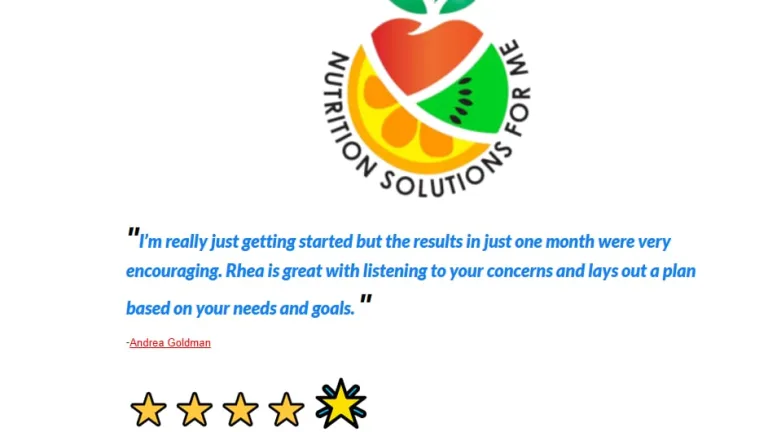Why Adults Are Returning to Music Education in Record Numbers
Something unexpected is happening in music schools across the globe. Industry watchers now predict the online music education market will jump from $20 billion in 2025 to a staggering $101.39 billion by 2035. That’s a compound annual growth rate of 17.63%. But here’s the really interesting bit: adults are fueling this boom.
This wasn’t supposed to happen. For generations, music lessons meant kids trudging to piano class after school. Parents enrolled their children hoping to build discipline, maybe boost their grades. Fast forward to 2025, and the whole picture has flipped.
The Adult Learner Revolution
Fresh market research tells a compelling story. Studies now show that adults who pick up instruments see real drops in depression and anxiety levels. Their cognitive function actually improves. Stressed-out professionals between 30 and 55 are paying attention to these findings.
Look at Singapore as an example. Music schools there are reporting something they’ve never seen before. Adult students now make up close to 40% of total enrolment at some institutions. Just five years back, that number sat below 20%. The change happened fast.
“We’ve watched everything transform,” explains a representative from Groove Music School, which has shifted its approach to handle the influx. “People in their 30s, 40s, even folks hitting 50 are coming in wanting to finally tackle that instrument they’d always thought about.”
Technology Enables New Possibilities
Online platforms knocked down the old barriers that used to stop adult learners cold. Flexible hours, learning from your couch, getting taught by top instructors anywhere on earth… these things were impossible just ten years ago. Now they’re standard.
Here’s a telling stat: 78% of adult learners say they picked digital platforms purely because of scheduling freedom. Kids can show up for lessons at 3pm on Tuesdays. Adults? They’re juggling work calls, school pickups, and unpredictable overtime. Online learning works around that chaos.
Even with all this tech, one-to-one teaching still grabs nearly 48% of what people spend on music education. Turns out personalised feedback matters, no matter how good the app is. The winning formula right now blends recorded content with occasional live check-ins. Best of both worlds.
Asia Pacific Leads Growth
Asia’s seeing the wildest growth numbers. Analysts predict the region will hit a 17.1% compound annual growth rate through 2030. Why the explosion? Middle-class incomes are climbing in Singapore, China, India. More money means more spending on hobbies. Plus, research keeps piling up about how playing instruments helps aging brains stay sharp. That message really resonates in societies watching their populations get older.
Singapore’s government has put money where its mouth is. Arts and heritage funding climbed from S$420 million in 2016 to S$502 million by 2022. Policy makers clearly see value in creative industries, both for the economy and people’s wellbeing.
The Post-Pandemic Effect
COVID-19 didn’t start this trend, but it definitely lit a fire under it. Lockdowns forced music teachers online overnight. Students and teachers both discovered something surprising: online lessons actually worked pretty well. Maybe even better than expected for certain things.
The bigger impact was psychological though. Being stuck at home made millions of people rethink their priorities. All those “someday I’ll learn guitar” dreams suddenly felt urgent. Why keep waiting? The mental health angle mattered too. People needed stress relief during isolation. Music checked that box perfectly.
Breaking the “Too Old” Myth
The biggest shift might be in how people think about age and learning. Everyone used to “know” that musical talent required childhood training. You either started young or forget it. Brain science has completely torn apart that idea.
Truth is, adults bring serious advantages to learning music. Better self-discipline. Clearer goals about what they want to achieve. More patience when things get frustrating. Sure, kids might pick up certain finger techniques faster. But adults crush it when it comes to understanding theory and making real musical decisions.
Real stories back this up. There’s a 52-year-old accountant in Singapore who just did her first public piano performance after 18 months of practice. A 45-year-old engineer learned guitar and jams with mates on weekends now. These aren’t rare exceptions anymore. They’re normal.
Economic Implications
This trend is creating actual jobs and moving serious money. The music education sector across Asia now employs thousands. Private teachers, app developers, instrument makers, the works. As more adults jump in, demand for quality gear, soundproofing, practice pads, all that stuff keeps climbing.
Music schools are getting smart about it too. Lots of them now run adult-only classes. Turns out adults learn differently and prefer being around people their own age. Evening slots fill up first. Weekend classes book out weeks ahead. Some schools even launched corporate programmes, bringing music teachers into offices as part of wellness initiatives.
Looking Forward
People who track this industry reckon the growth will keep going for at least another ten years. You’ve got aging populations wanting to keep their minds sharp. Technology that makes learning easier than ever. Cultural attitudes shifting toward lifelong learning. All of it points in the same direction.
Piano lessons still own the biggest slice at 39.3% of what people spend. But guitar, drums, and singing lessons are growing fast. Ukulele is particularly hot, projected to expand 16.2% yearly. Makes sense when you think about it. Adults want instruments they can learn fairly quickly whilst still making actual music.
The takeaway here is pretty simple: age doesn’t matter nearly as much as we thought. Whether you’re 25 or 65, learning an instrument delivers benefits that go way beyond playing songs. As this whole thing keeps evolving, expect to see more products and services built specifically for grown-up learners. The real question isn’t whether adults can learn music successfully. Obviously they can. The question is why more people haven’t started already.






